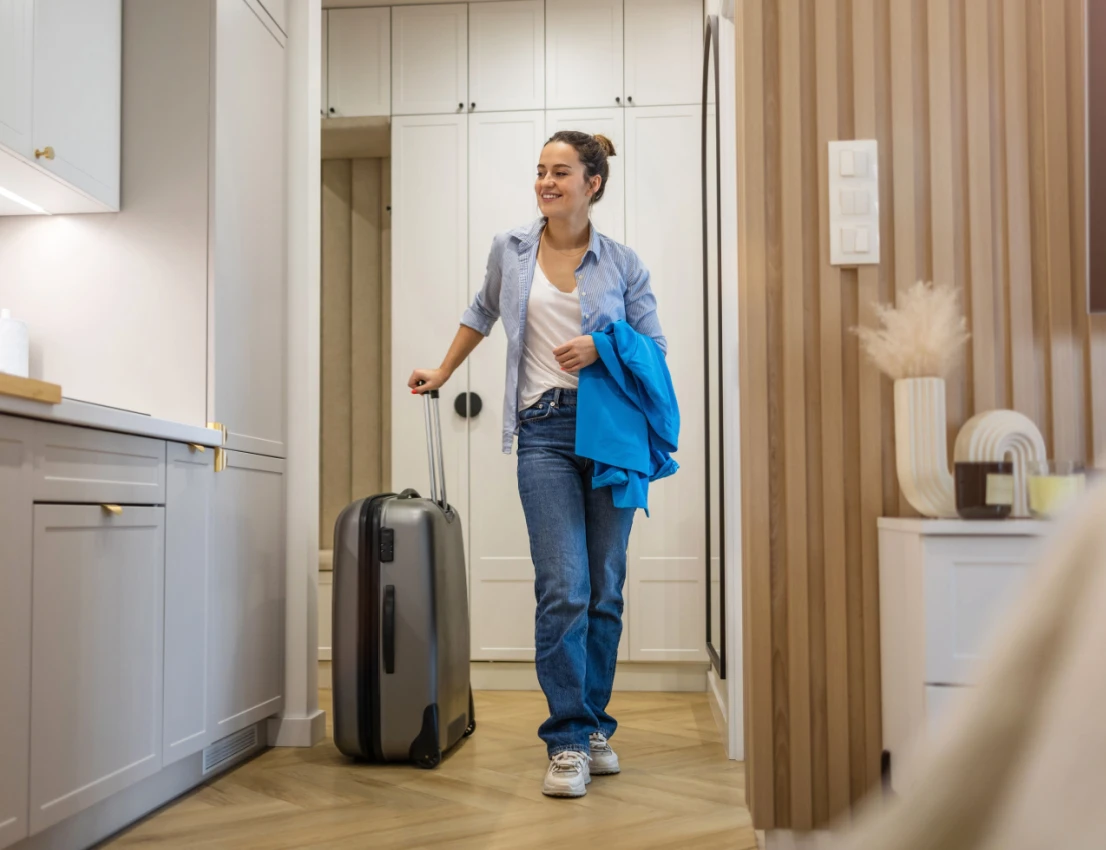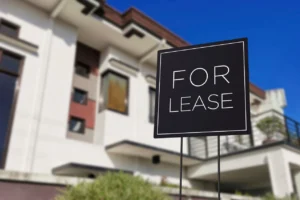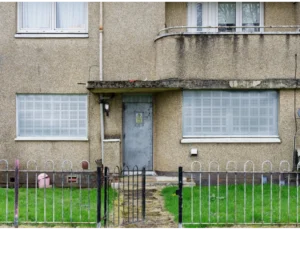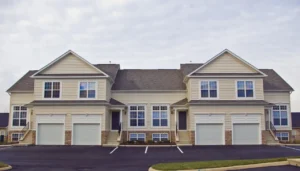However, top operators are making more than ever. New tools have made it easier than ever to “rinse and repeat” winning strategies and scale STR portfolios into multi-million dollar businesses.
You cannot purchase a house in a good location, throw it on Airbnb and expect it to be a winner. Finding and operating a successful short-term rental takes research, planning, and leveraging these short-term specific tools that will help you get the most out of your listing.
Here is an overview of my approach, the same approach I have used to build a multi-million dollar portfolio, on how to find, list and operate successful short-term rental properties.
Start with your guest avatar
Every profitable short-term rental starts with a specific customer and purpose. Who do I want to host and what will they be doing while they are visiting? I call this my guest avatar.
Your guest avatar can vary greatly based on location and property. Properties near major hospitals should cater to patients and their families. Properties near college campuses should cater to families visiting schools in the spring and summer for instance. I typically find locations and properties that cater to multi-generational families who are on a vacation together.
I’m sure that you’ve heard the chatter: short-term rentals are “dead,” Airbnb is oversaturated and no one is making money on the platform. The truth is that yes, Airbnb is more competitive than ever and the bottom 50% of operators are struggling to make positive returns.
However, top operators are making more than ever. New tools have made it easier than ever to “rinse and repeat” winning strategies and scale STR portfolios into multi-million dollar businesses.
You cannot purchase a house in a good location, throw it on Airbnb and expect it to be a winner. Finding and operating a successful short-term rental takes research, planning, and leveraging these short-term specific tools that will help you get the most out of your listing.
Here is an overview of my approach, the same approach I have used to build a multi-million dollar portfolio, on how to find, list and operate successful short-term rental properties.
Get a Free Multifamily Loan Quote
Access Non-Recourse, 10+ Year Fixed, 30-Year Amortization
Start with your guest avatar
Every profitable short-term rental starts with a specific customer and purpose. Who do I want to host and what will they be doing while they are visiting? I call this my guest avatar.
Your guest avatar can vary greatly based on location and property. Properties near major hospitals should cater to patients and their families. Properties near college campuses should cater to families visiting schools in the spring and summer for instance. I typically find locations and properties that cater to multi-generational families who are on a vacation together.
Location matters more than ever
Once I have defined my guest avatar, I think about where my guests are coming from. These are my “feeder cities.” At this point, I use a market tool to find trending areas with the highest gross yield. I stay away from major metro areas and instead focus on properties off the beaten path, but still within a two-hour drive of these “feeder cities.”
For example, I wouldn’t purchase a property in New York or Philly. Instead, I would focus on the Poconos or Hudson Valley. These areas are close enough for a weekend trip but also have year-round draw for longer vacations.
Once I have used the tool to dial in on a specific area, I go to Zillow to see what is actually for sale in the area. From there, I run the addresses on my platform, BNBCalc to generate pro-formas and get a better understanding of the actual profit the property can generate.
Know your numbers: My 20% rule
Here’s the math I live by: a property should gross at least 20% of its purchase price in revenue annually.
For example, if I buy a $500,000 house, I want to see at least $100,000 in year-one revenue. That is my benchmark for gross yield.
I typically invest in properties in the $400,000–$1,000,000 range, but the percentage is more important than the price tag. If a home has been listed for some time or there have been poor sales in the area, I use the pro forma to help determine my max offer.
I always underwrite conservatively. More often than not, I outperform my projections. I would much rather be pessimistic in my projections than overly optimistic.
Amenities make or break you
Here’s where many investors fall short: they underestimate the power of amenities and fall short in improving the property after they purchase it.
I’ll give you an example. One of my most successful Airbnb properties is Big Sky Lakehouse. This property is seemingly in the middle of nowhere, was purchased for a great price and is getting booked for $1400/night. Why? We installed a fire pit, basketball court, movie theatre, floating putt-putt hole, nerf arena, and more. Guests aren’t just renting a house an hour away from Lexington, KY, they’re renting an experience.
When we first purchased the property, we determined we could spend around $150,000 on amenities and still be within our 20% target for gross yield. We went “all in” and it has paid off. Ultimately, the more memorable the stay, the higher your reviews—and the more you can charge per night.
Pick amenities other properties don’t have that you know your guests will love. Additionally, if all the top performing properties in an area have a specific amenity, you probably should have it too.
Design and list like a pro
A poorly designed listing with mediocre photos will fail—even if the house itself is great.
Here’s my process. It seems like common sense, but I strongly recommend you hire someone with experience to design your property. I hire short-term rental–specific designers who know how to style for Airbnb. I also buy nice furniture, but don’t over furnish. I always invest in professional photography, taking photographs of properties is much harder than most people think.
I recommend using dynamic pricing software like Wheelhouse or PriceLabs to stay competitive. It is helpful to get a good property management software, there are lots of good ones but I like Hospitable. I personally obsess over the guest experience and do whatever it takes to earn 5-star reviews.
A comprehensive and full listing, with professional photos will immediately set your listing apart. Top-quality guest care will help you quickly earn “Superhost” status. Dynamic pricing will help you keep your home rented during slow times and maximize revenue during peak season. And a PMS system will help simplify and automate all of this for you.
Yes, Airbnb and VRBO are more competitive than ever. But if you start with a guest avatar, choose the right location based on feeder cities, buy properties that hit the 20% yield rule, add amenities your avatar values most, and design and launch with excellence—you can still make serious money in short-term rentals.
You can rinse and repeat and use this strategy time and again and turn your STR portfolio into a real business. The short-term rental “gold rush” days of throwing any spare condo on Airbnb are over. But the era of thoughtful, professional operators thriving? This is just the beginning.
Source: Propmodo














 Accessibility
Accessibility